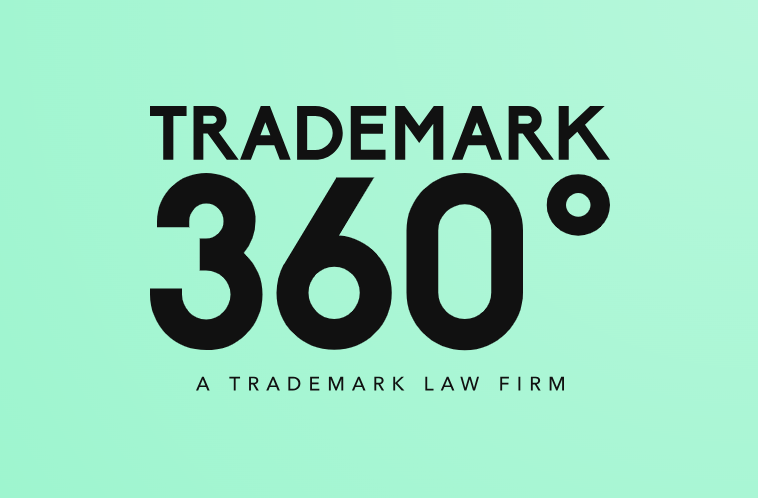Trademark conflicts are more common than most businesses expect. As new brands emerge and markets overlap, it’s not unusual for two companies to find themselves using similar names, logos, or slogans. While these situations often trigger legal disputes, there’s a more strategic and cost-effective path to resolution: the Coexistence Agreement.
A Coexistence Agreement allows two parties to legally use similar trademarks without infringing on each other. It sets clear boundaries and usage terms, preventing confusion in the market while protecting both businesses’ rights. At Trademark 360°, we help companies establish mutually beneficial coexistence agreements that safeguard brand identity, support long-term goals, and reduce legal risk.
What is a Coexistence Agreement?
A Coexistence Agreement is a legally binding contract between two trademark owners. Instead of challenging each other in court, they agree to “coexist” in the marketplace under specific, defined conditions. These agreements typically include limitations on geographic areas, industries, product types, or branding formats to ensure that both parties can operate without consumer confusion.
This proactive approach is ideal for businesses that wish to maintain control over their brand while avoiding expensive and time-consuming legal battles.
Why You Need a Coexistence Agreement
At Trademark 360°, we believe in defending your brand without unnecessary conflict. Whether you’re expanding your business, launching a new product, or facing a potential objection during trademark registration, a Coexistence Agreement can help you move forward with confidence.
Here’s why businesses are increasingly choosing this solution:
1. Resolve Conflicts Without Litigation
Litigation can be lengthy, expensive, and unpredictable. A Coexistence Agreement offers a faster, more collaborative alternative. Instead of fighting for exclusive rights, both parties come to an agreement on how to use their marks in a way that avoids overlap and confusion.
This agreement often prevents disputes before they start and allows businesses to stay focused on growth, not legal proceedings.
2. Establish Clear Usage Rights
A well-drafted Coexistence Agreement defines exactly how each trademark can be used. This includes:
-
Territories (e.g., one company uses the mark in North America, the other in Europe)
-
Industries (e.g., one uses it in fashion, the other in tech)
-
Product categories (e.g., one uses it for clothing, the other for software)
-
Visual and branding elements (e.g., specific colors, fonts, or logo shapes)
By setting these boundaries early, both parties reduce the risk of customer confusion and maintain their market identities.
3. Strengthen Your Trademark Application
If your trademark application is challenged due to a similar existing mark, a Coexistence Agreement can be a powerful tool. By submitting the agreement to the USPTO (or other trademark offices), you demonstrate that both parties consent to coexistence and do not believe confusion will occur.
This often leads to fewer objections and a smoother registration process, allowing you to secure your trademark rights faster.
4. Protect Your Market Position
Brand identity is one of your business’s most valuable assets. Rebranding due to a trademark dispute can result in lost customers, marketing setbacks, and reduced credibility. A Coexistence Agreement ensures you can continue building your brand without fear of being forced to change names, logos, or domain names.
It’s not just about legal protection—it’s about business stability and customer trust.
What’s Included in a Coexistence Agreement?
At Trademark 360°, our legal team drafts customized Coexistence Agreements that reflect your brand’s specific needs and future goals. A typical agreement may include:
-
Trademark details and ownership information
-
Permitted uses (industry, geography, product types)
-
Marketing and branding limitations
-
Agreements on domain name and digital use
-
Non-compete clauses (if necessary)
-
Dispute resolution procedures
-
Renewal and termination terms
This comprehensive structure ensures long-term clarity and reduces the chance of future misunderstandings.
Common Use Cases for Coexistence Agreements
-
Startups launching a new brand that overlaps with an existing one
-
Companies expanding internationally where a similar trademark is already registered
-
Businesses operating in different industries but with similar names
-
Trademark applicants facing opposition or USPTO objections
In each of these situations, a Coexistence Agreement provides a practical path to growth while minimizing legal risk.
Why Choose Trademark 360°?
Creating an effective coexistence agreement requires more than filling out a form—it demands a deep understanding of trademark law, branding strategy, and legal foresight. At Trademark 360°, we help you:
-
Identify potential conflicts before they escalate
-
Draft customized, enforceable agreements
-
Protect your brand during trademark registration
-
Avoid future disputes through proactive planning
We’re committed to ensuring your brand not only survives in a competitive market—but thrives.
Final Thoughts: Coexistence is the Future of Brand Protection
In an era of global markets and overlapping industries, brand conflicts are inevitable—but they don’t have to end in court. A Coexistence Agreement offers a smart, efficient way for businesses to protect their trademarks, respect one another’s space, and grow without interference.
If you’re facing a trademark conflict or planning a new launch, talk to the experts at Trademark 360°. We’ll help you draft a coexistence agreement that supports your brand’s integrity, growth, and peace of mind—for today and tomorrow







